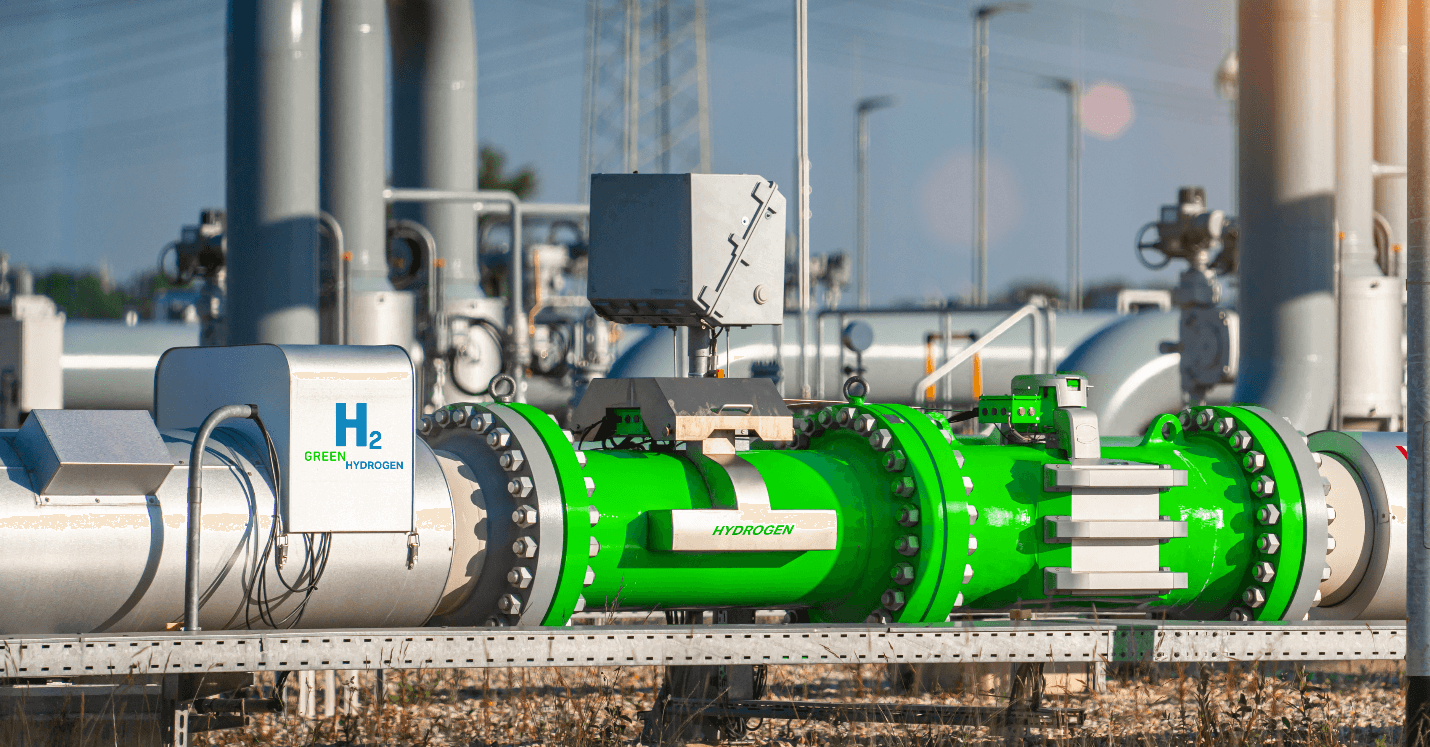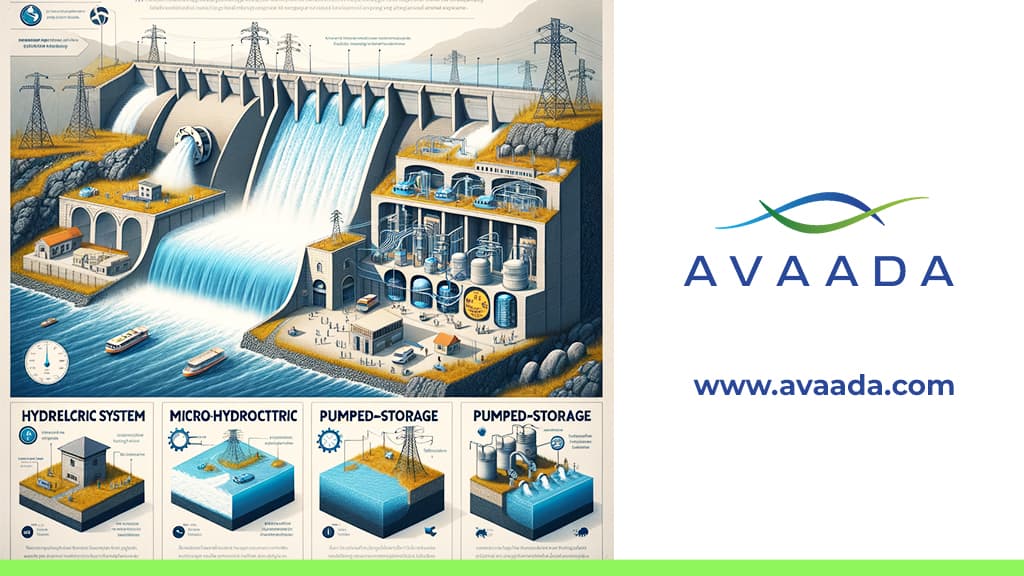India’s National Green Hydrogen Mission (NGHM) represents a significant leap towards sustainable energy production and consumption. Envisioned to align with global climate goals, this mission outlines a strategic roadmap to leverage green hydrogen as a pivotal element in India’s energy transition.
In pursuit of energy independence by 2047 and a net-zero emissions target by 2070, India has steered its focus toward bolstering renewable energy integration and utilization. Green hydrogen emerges as a promising catalyst in this transition, offering solutions for long-term renewable energy storage, substituting fossil fuels across industries, enabling clean transportation, and potentially revolutionizing decentralized power generation, aviation, and marine transport.
Approved by the Union Cabinet in January 2022, the NGHM aims to foster a green hydrogen production capacity of 5 MMT per annum by 2030, alongside an addition of approximately 125 GW of renewable energy. This concerted effort is projected to curtail nearly 50 MMT of annual greenhouse gas emissions by 2030.
What is the National Green Hydrogen Mission?
The National Green Hydrogen Mission‘s initial outlay of Rs. 19,744 crore delineates diverse components: the SIGHT program (Rs. 17,490 crore), pilot projects (Rs. 1,466 crores), R&D (Rs. 400 crores), and other mission components (Rs. 388 crore). MNRE spearheads the formulation of scheme guidelines for efficient implementation.
By 2030, The Mission Anticipates:
- Development of 5 MMT per annum green hydrogen production capacity.
- Addition of about 125 GW of renewable energy.
- Over Rs. 8 lakh crore in investments.
- Creation of over 6 lakh jobs.
- A cumulative reduction in fossil fuel imports exceeding Rs. 1 lakh crore.
- Abatement of nearly 50 MMT of annual greenhouse gas emissions.
Sub-schemes within the National Green Hydrogen Mission
Sub-Scheme 1: Incentive for Electrolyzer Manufacturing
This sub-scheme focuses on incentivising electrolyser manufacturing. It evolves alongside market demands and technological advancements. Projects aiming to procure Green Hydrogen must use government-approved equipment meeting specified quality and performance criteria.
Sub-Scheme 2: Strategic Interventions for Green Hydrogen Transition (SIGHT)
SIGHT aims to finance domestic electrolyzer manufacturing and the production of green hydrogen, fostering self-reliance and sustainable practices within the sector.
Sub-Scheme 3: Green Hydrogen Hubs
Identifying and developing regions capable of substantial hydrogen production or utilization, Green Hydrogen Hubs will receive support for necessary infrastructure development. The initial phase targets the establishment of at least two such hubs, with an allocated budget of ₹400 crores until 2025-26
Also Read: What Are The Green Hydrogen Uses In Power Generation?
Pilot Projects
- Low-Carbon Steel Projects – An allocation of ₹455 crores until 2029-30 for initiatives focusing on low-carbon steel production.
- Mobility Pilot Projects – An outlay of ₹496 crores until 2025-26 for pilot projects aimed at enhancing mobility through green hydrogen.
- Shipping Pilot Projects – A budget of ₹115 crores until 2025-26 to explore green hydrogen’s applications in the shipping industry.

Objectives and Initiatives
Decarbonization of Hard to Abate Sectors
Green hydrogen, a crucial aspect of the net-zero mission, holds immense potential to reduce carbon emissions in energy-intensive industries like steel production. Currently, these sectors contribute significantly to the nation’s greenhouse gas emissions. By leveraging green hydrogen, India aims to mitigate these environmental impacts, fostering a more sustainable industrial landscape.
Employment Opportunities
India stands as a frontrunner in generating green employment opportunities globally. With the Union Cabinet’s endorsement of the Green Hydrogen Mission, India is poised to witness a substantial increase in renewable energy capacity by an impressive 125 GW. This surge in capacity addition is expected to create around 600,000 direct employment opportunities within the renewable energy sector.
Opening up Export Markets for Green Hydrogen
The Green Hydrogen Mission in India has sparked discussions regarding the exportation of green hydrogen to several European nations, including France, Italy, Germany, Netherlands, Austria, and Sweden. These initiatives facilitated through the Ministry of External Affairs, represent an avenue for India to position itself as a key player in the global green hydrogen market.
Enhancement of Domestic Manufacturing Capabilities
A pivotal aspect of the National Green Hydrogen Mission involves funding the domestic manufacturing of electrolyzers, an integral technology for green hydrogen production. This strategic initiative aims to bolster India’s indigenous manufacturing capabilities, reducing dependency on imports and fostering self-sufficiency in producing green hydrogen technology. By nurturing a robust domestic manufacturing ecosystem for electrolyzers and green hydrogen production, India can propel its technological advancements while driving economic growth and innovation within the clean energy solutions sector.
Also Read: What is an Electrolyser – Types and Uses
Challenges:
1. Economic Viability:
Lowering the production cost of green hydrogen to a competitive level ($3/kg by 2030 and $2/kg by 2040) remains a crucial hurdle. This requires aggressive reductions in electrolyzer and storage technology costs.
2. Electrolyzer Manufacturing Capacity:
The existing global manufacturing capacity for electrolyzers falls short of the substantial deployment goals outlined by India. To meet these objectives, India needs to significantly scale up its manufacturing capacity, requiring substantial investment and infrastructure development.
3. Demand Creation and Infrastructure:
Creating a demand for green hydrogen is crucial. The industry seeks certainty in off-take to justify investments in the capital-intensive sector. Additionally, building the necessary infrastructure, including high-pressure cylinders and pressurized pipes, is a prerequisite for the success of the mission.
Addressing these challenges will require a collaborative effort between the government, industry stakeholders, and research institutions. Strategic investment, technological innovation, and policy frameworks geared toward cost reduction and demand creation are pivotal for the success of India’s National Green Hydrogen Mission.
Also Read: Difference Between Green Hydrogen v/s Blue Hydrogen
Conclusion
India’s National Green Hydrogen Mission stands as a testament to the nation’s commitment to sustainable energy solutions. While facing challenges, the mission’s multi-pronged approach holds promise in transforming India’s energy landscape.
FAQs:
1) Which Ministry Released The National Green Hydrogen Policy?
The Ministry of New & Renewable Energy unveiled the roadmap for the National Green Hydrogen Mission.
2) What Is India’s Green Hydrogen Target By 2030?
India aims to produce 5 million metric tonnes of green hydrogen by 2030.
3) What Sectors Will Benefit From The National Green Hydrogen Mission?
Pilot projects will benefit sectors like steel, long-range heavy-duty mobility, shipping, and energy storage, aiming to replace fossil fuels with green hydrogen and its derivatives.
4) How Will The Mission Impact Climate Change Mitigation?
Green hydrogen, produced through renewable energy-powered electrolysis, holds the potential to mitigate climate change and drive the transition to a carbon-free economy.








